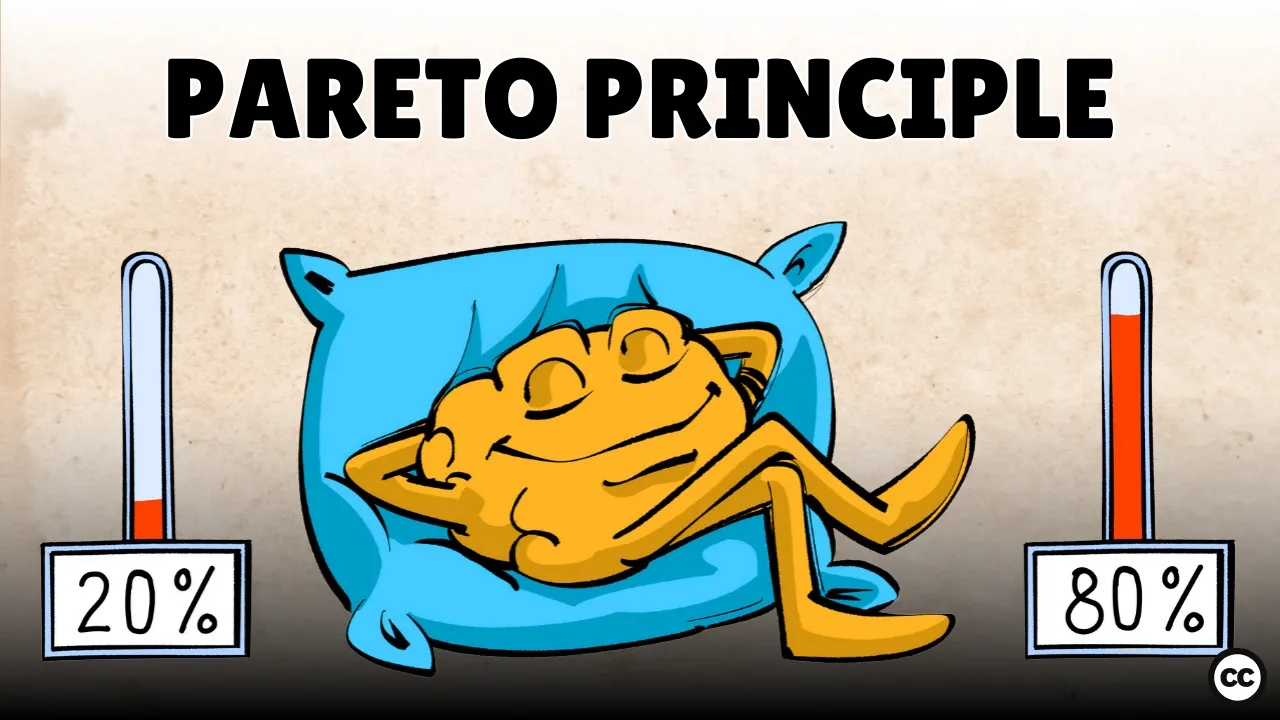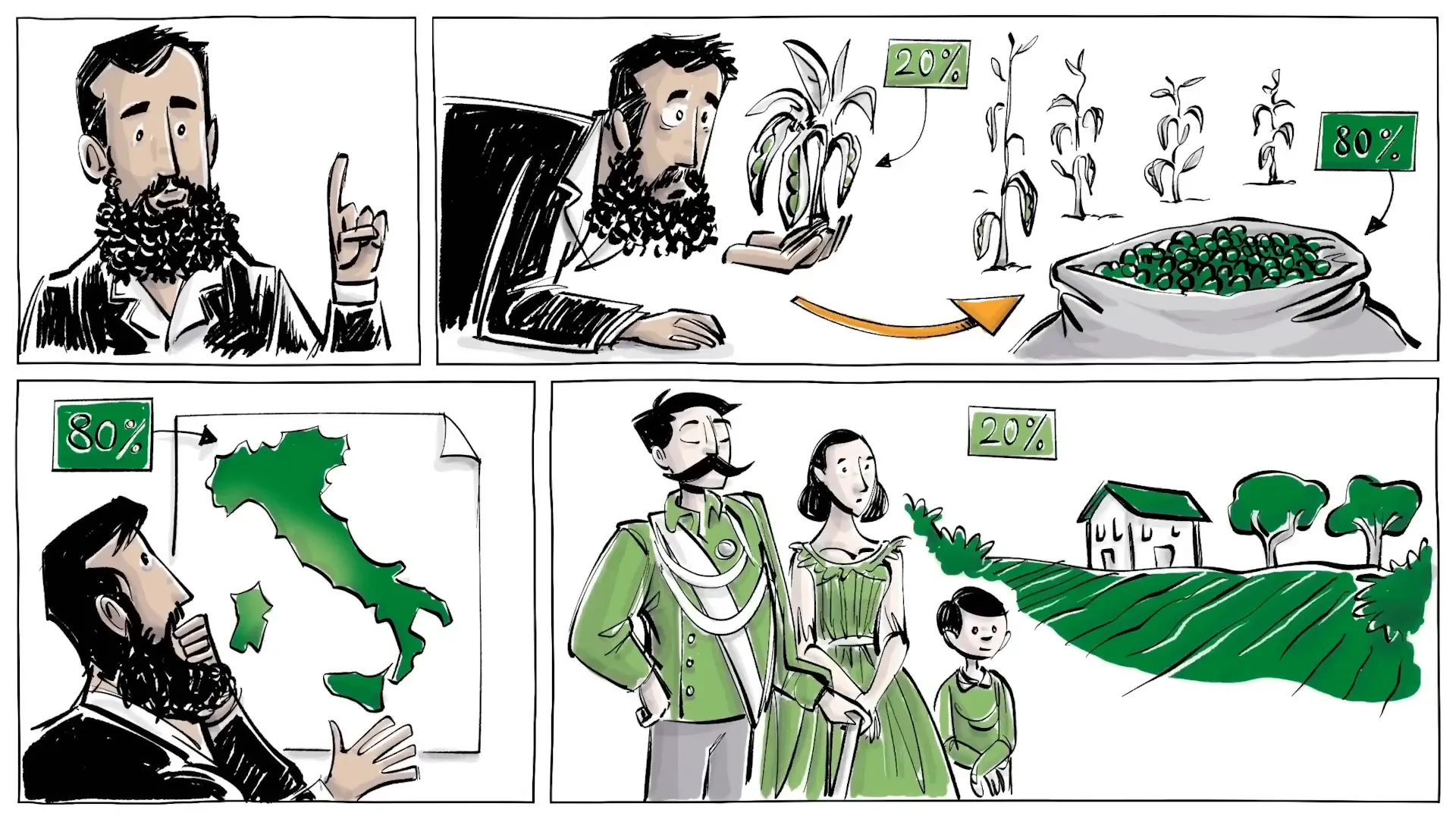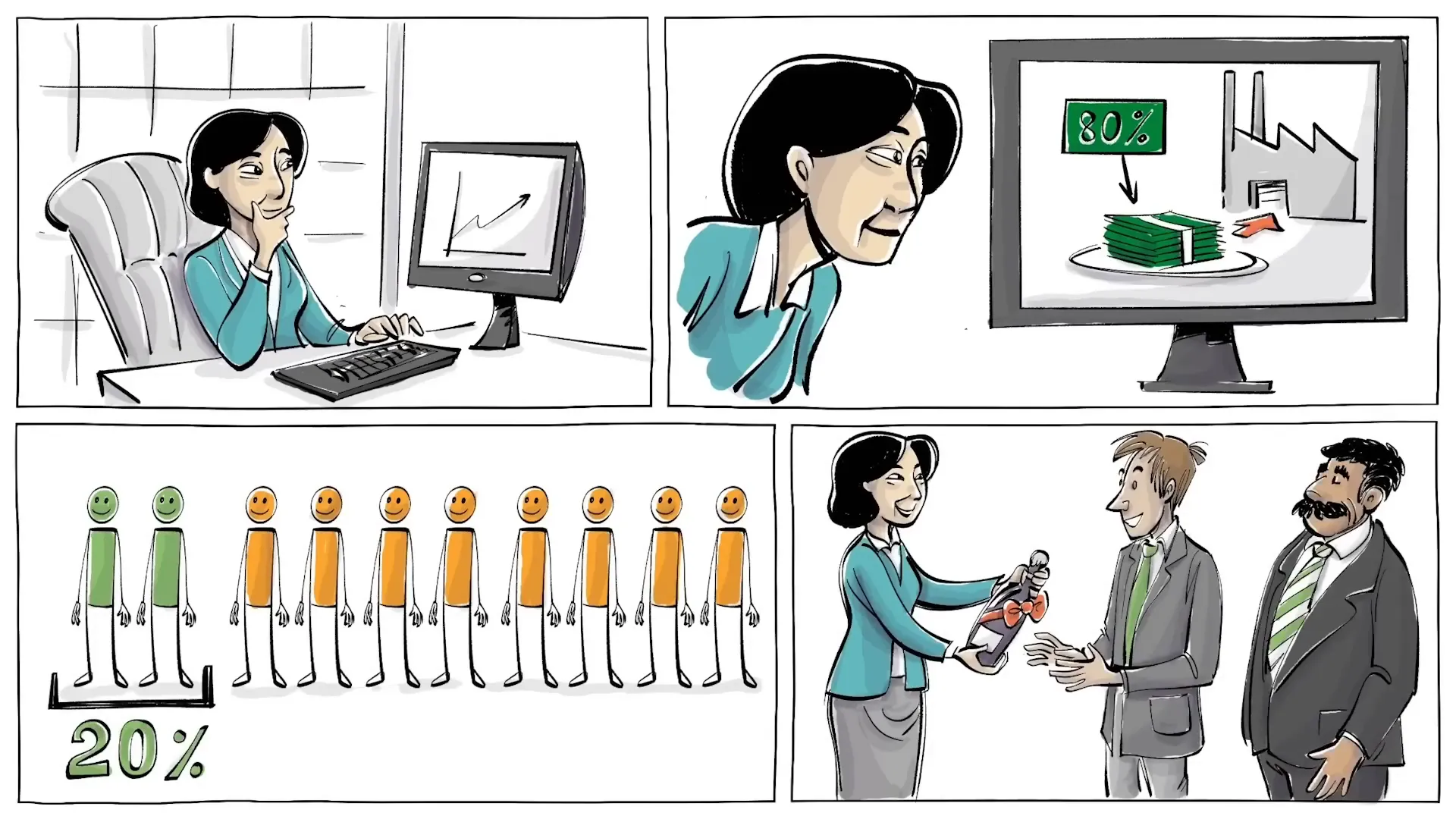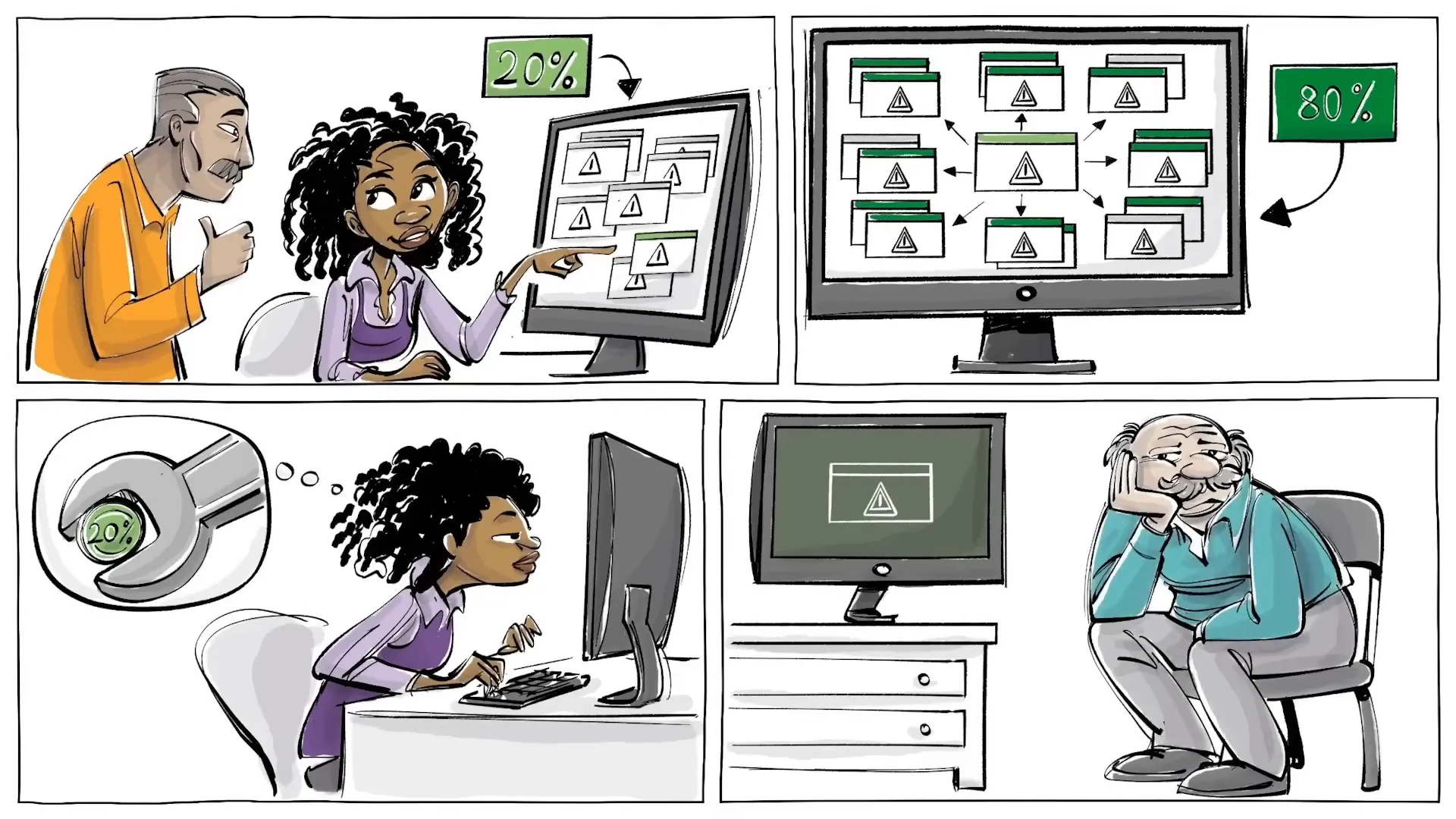Jul 25, 2025
Psychology
Featured
The Pareto Principle: Understanding the 80/20 Rule

The 80/20 Rule
The Pareto Principle, commonly known as the 80/20 rule, states that 20% of the causes often lead to 80% of the outcomes. This means that a small fraction of efforts can yield the majority of results. For instance, in personal development, 20% of your efforts can create 80% of your success.
Pareto Principle
This principle was first identified by the Italian economist Vilfredo Pareto. He discovered that 20% of the pea pods in his garden produced 80% of all the peas. This observation extended to wealth distribution in Italy, where he noted that 80% of the land was owned by 20% of the population. Over time, the Pareto Principle has evolved into a helpful guideline that enables people to comprehend complex distributions, concentrate on what truly matters, and prioritize effectively.

Business Insights
In the business world, the 80/20 rule is particularly relevant. Business owners often find that around 80% of their revenue comes from just 20% of their customers. This insight allows them to identify which customers require more attention and resources. Similarly, construction companies may discover that 20% of the hazards lead to 80% of workplace injuries, prompting them to focus on mitigating those specific risks. Software engineers can also benefit by addressing the top 20% of bugs that cause 80% of software errors, thereby improving overall performance.

Real life example
Consider a software development team that identifies the most common bugs reported by users. By fixing the top 20% of these bugs, they can resolve 80% of user complaints. This targeted approach not only improves user satisfaction but also optimizes the team's efficiency by allowing them to focus on high-impact issues.

Pareto’s warning
Despite the utility of the 80/20 rule, Pareto himself cautioned against over-reliance on it. He noted that people often follow their sentiments and self-interest, preferring to rationalize their actions with theories that may not hold up under scrutiny. He stated, “Men follow their sentiments and their self-interest, but it pleases them to imagine that they follow reason.” This serves as a reminder that while the Pareto Principle is a helpful framework, it should not be the sole guide in decision-making.

What do you think?
What are your thoughts on the 80/20 rule? Where do you believe it can be effectively applied, and where might a deeper analysis be necessary for a complete understanding? Just remember, 20% of the responses might make up 80% of the conversation.
Conclusion
The Pareto Principle is a powerful tool for understanding how to prioritize efforts and resources effectively. By recognizing that a small percentage of causes often leads to the majority of outcomes, individuals and businesses can make informed decisions that enhance productivity and satisfaction. However, it's essential to remain cautious and not overly depend on this principle for every situation.
This article was created from the video Pareto Principle [The 80/20 Rule Explained] with the help of AI. It was reviewed and edited by a human.



